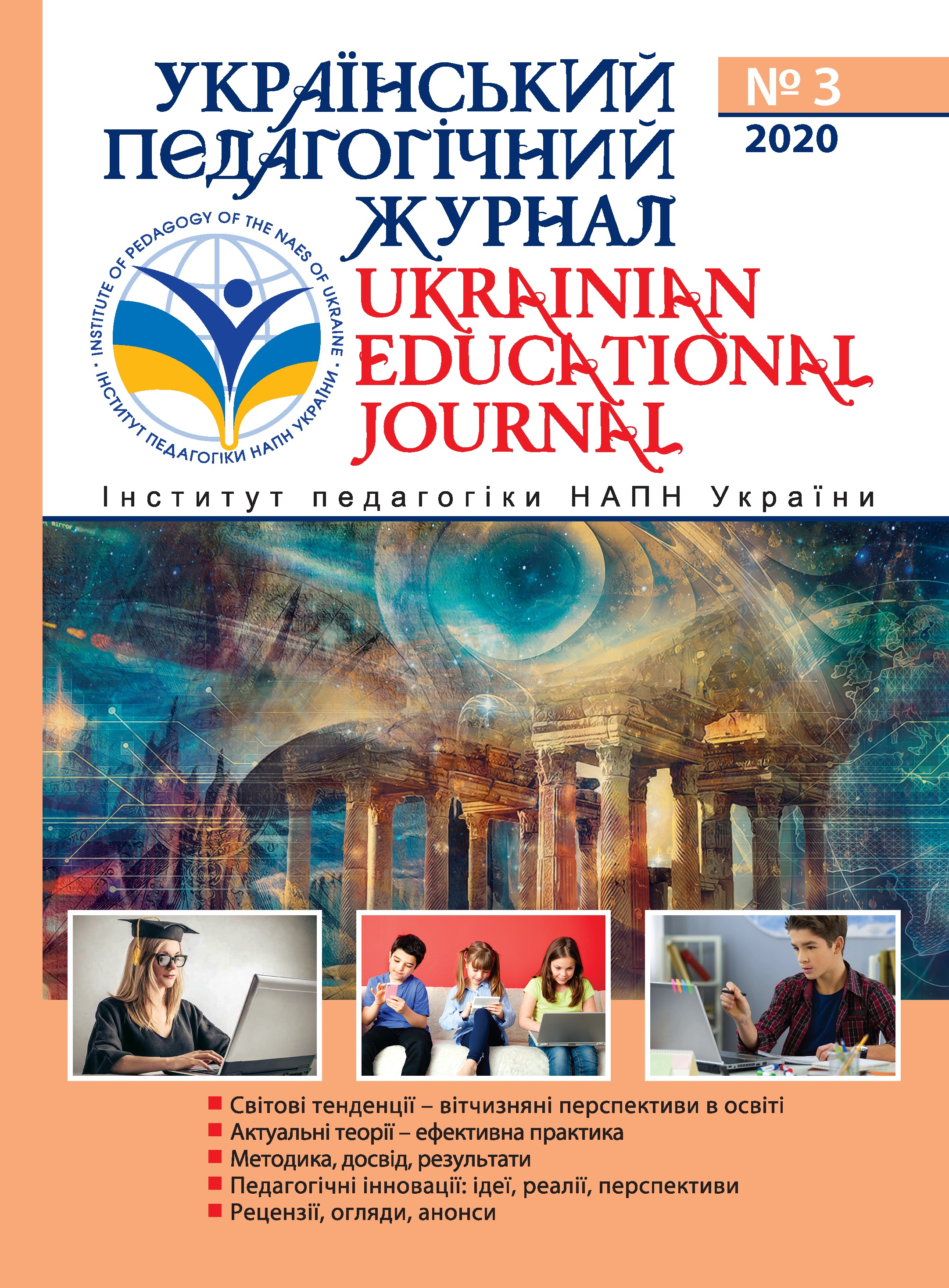Abstract
The problems of organization of distance labor and technology teaching and learning under the quarantine conditions based on an analysis of pedagogical practice, observations and surveys of distance participants are revealed in the article. It is determined that its effectiveness depends primarily on the development of innovative methods and pedagogical technologies, while digital tools and platforms are the ways of their implementation.
Remote forms of communication, asynchronous and synchronous, necessitate the transition from the traditional classroom form of teaching and learning to a regulated form of competenceoriented project and technological teaching. The differences between these forms of teaching within the technological branch of education have been clarified. New features of professional activity of distance training of teachers, necessity of their retraining in the context of the organization of distance teaching and learning, involvement of parents in it are defined. Criteria for selection of the content of technological education in quarantine conditions of project-based and technological teaching and learning are developed and characterized.
It is proved that the formation of content in the distance format should be based on the integration of teaching opportunities in the context of pupils' lives, the realization of their creative potential on individual educational trajectories. The content is built on the stages of design and technological activities, which provides an opportunity to consciously master the modern forms of production organization - project, technology of implementation of the projected, reflection. The key characteristic of the integration of the content of technological education is determined - the focus of the content on finding personal meanings in the process of learning, self- identification and self- determination.
The expediency of using digital platforms and tools only at certain stages of projecting, the importance of cooperation, communication of all participants in the distance and assessment and self-esteem of training outcomes are shown. Urgent problems for effective organization of distance teaching and learning, in particular under quarantine conditions, are singled out

This work is licensed under a Creative Commons Attribution-NonCommercial-ShareAlike 4.0 International License.

